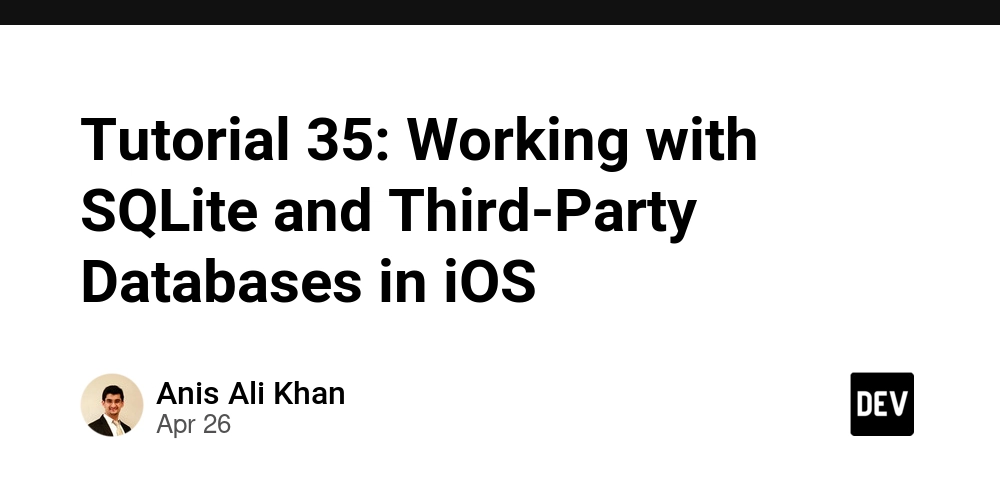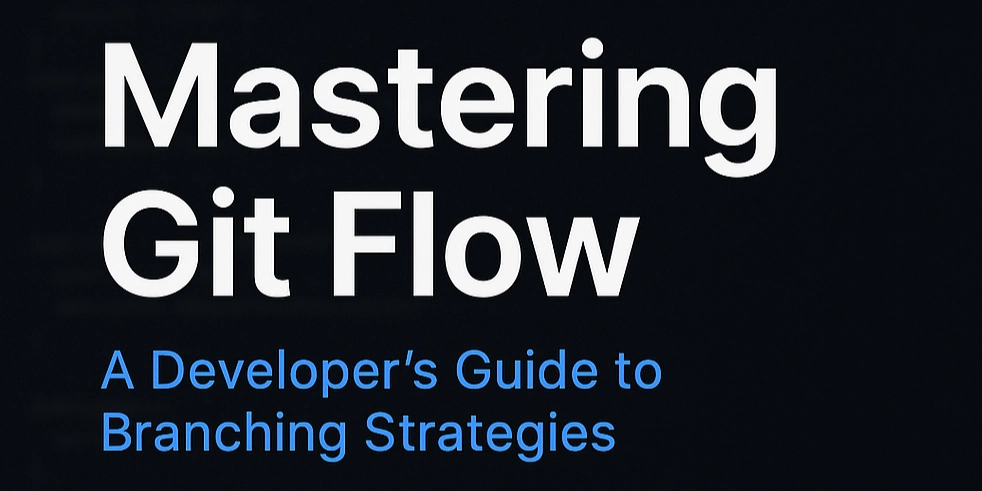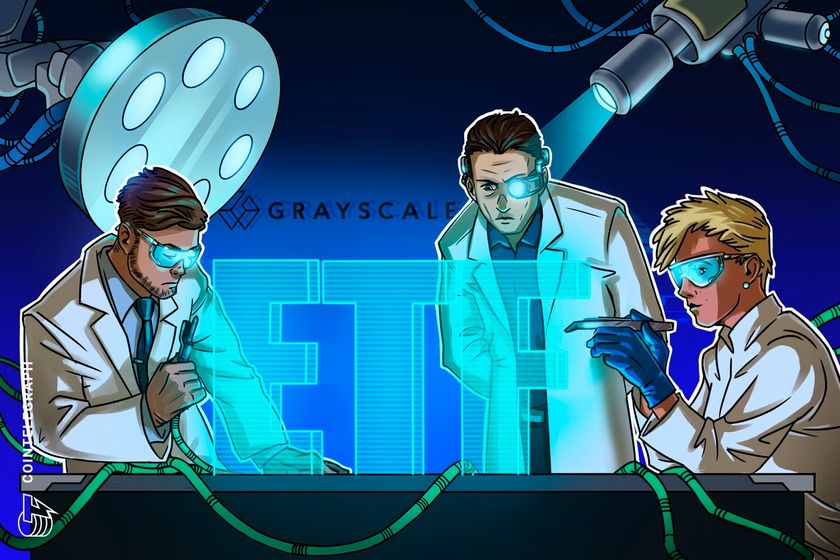The Value of Red Hat Linux Skills in Powering OpenShift AI In today’s fast-evolving tech landscape, Red Hat Linux skills are more valuable than ever, serving as a cornerstone for enterprise-grade solutions like Red Hat OpenShift AI. Whether you're a system administrator, developer, or data scientist, mastering Red Hat Enterprise Linux (RHEL) equips you with the foundational expertise to thrive in modern IT environments, particularly in AI and machine learning (ML) platforms. This blog post explores why RHEL skills are essential and how they directly contribute to success in OpenShift AI, Red Hat’s powerful AI/ML platform. Why Red Hat Linux Skills Matter Red Hat Enterprise Linux is renowned for its stability, security, and scalability, making it the operating system of choice for enterprises deploying mission-critical applications. Here’s why RHEL skills are a game-changer: Enterprise-Grade Stability: RHEL provides a consistent and reliable foundation for hybrid cloud environments, ensuring applications run smoothly across on-premises, cloud, and edge deployments. Security and Compliance: With features like SELinux and real-time security scanning, RHEL skills enable professionals to secure systems and meet stringent compliance requirements. Open Source Ecosystem: RHEL’s open source roots foster collaboration and innovation, allowing you to leverage a vast community and integrate with tools like Kubernetes and Ansible. Career Advancement: Certifications like Red Hat Certified System Administrator (RHCSA) and Red Hat Certified Engineer (RHCE) are highly sought after, opening doors to roles in DevOps, cloud, and AI/ML operations. These skills are not just about managing servers—they’re about building a foundation for cutting-edge technologies like OpenShift AI. Red Hat Linux: The Backbone of OpenShift AI Red Hat OpenShift AI is a robust platform for developing, training, deploying, and monitoring AI/ML models at scale across hybrid cloud environments. Built on Red Hat OpenShift, which itself runs on RHEL, OpenShift AI leverages RHEL’s strengths to deliver a consistent, enterprise-ready AI/ML ecosystem. Here’s how RHEL skills translate directly to success in OpenShift AI: 1. Seamless Integration with OpenShift’s Kubernetes Foundation OpenShift AI runs on Red Hat OpenShift, a Kubernetes-based container platform that uses RHEL as its operating foundation. RHEL’s container runtime (CRI-O) and Red Hat Enterprise Linux CoreOS ensure secure and efficient container management. With RHEL skills, you can: Configure and troubleshoot OpenShift clusters running on RHEL. Optimize containerized workloads for AI/ML pipelines, ensuring high availability and scalability. Use tools like Podman and Buildah to manage containers, which are critical for deploying AI models in OpenShift AI. For example, when setting up an OpenShift AI workbench (a containerized environment for data scientists), RHEL expertise helps you manage Persistent Volume Claims (PVCs) and integrate S3-compatible storage, ensuring data scientists have reliable access to their workspaces. 2. Managing AI Workloads with Stability and Security AI/ML workloads, such as model training and inference, demand significant computational resources. RHEL’s performance optimization and security features are critical for: Running distributed training jobs on GPUs, as seen in integrations with NVIDIA’s AI Enterprise platform. Securing sensitive data used in AI models with SELinux and RHEL’s trusted software supply chain. Ensuring uptime for production-grade AI applications, such as fraud detection models used by organizations like DenizBank. RHEL skills enable you to fine-tune system resources, manage kernel parameters, and secure OpenShift AI clusters, ensuring AI workloads run efficiently and safely. 3. Automation with Ansible for MLOps Red Hat Ansible Automation Platform, deeply integrated with RHEL and OpenShift, is a key component for automating MLOps pipelines in OpenShift AI. RHEL expertise allows you to: Automate the provisioning of OpenShift AI clusters using Ansible playbooks. Streamline data science pipelines, from data ingestion to model deployment, reducing manual overhead. Integrate Ansible with OpenShift AI to manage hybrid cloud deployments, enabling seamless scaling of AI workloads. For instance, automating the deployment of a Jupyter notebook environment in OpenShift AI requires knowledge of RHEL-based container images and Ansible automation, skills that are directly transferable from RHEL administration. 4. Supporting OpenShift AI’s Open Source Tools OpenShift AI integrates popular open source tools like Jupyter, TensorFlow, and PyTorch, all of which run in RHEL-based containers. RHEL skills are essential for: Customizing workbench images to include specific AI/ML libraries. Managing dependencies and resolving conflicts in containerized environments. O
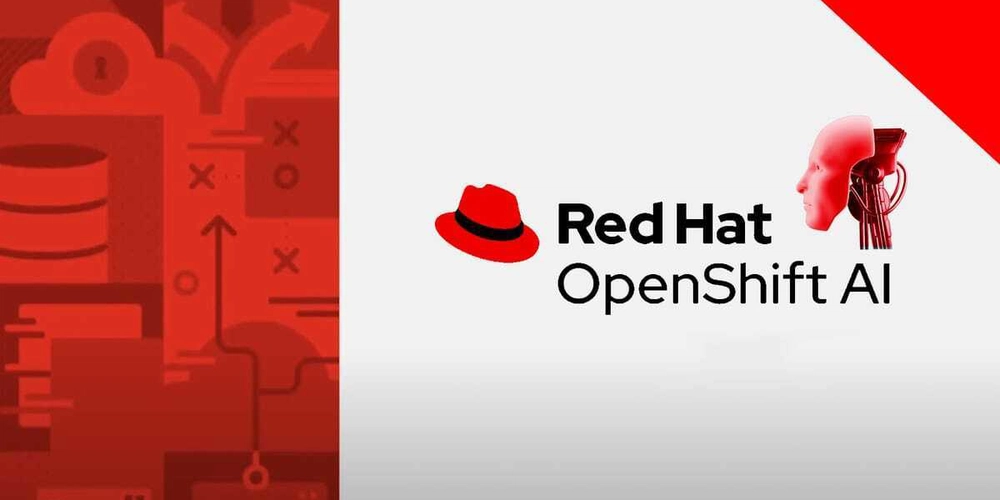
The Value of Red Hat Linux Skills in Powering OpenShift AI
In today’s fast-evolving tech landscape, Red Hat Linux skills are more valuable than ever, serving as a cornerstone for enterprise-grade solutions like Red Hat OpenShift AI. Whether you're a system administrator, developer, or data scientist, mastering Red Hat Enterprise Linux (RHEL) equips you with the foundational expertise to thrive in modern IT environments, particularly in AI and machine learning (ML) platforms. This blog post explores why RHEL skills are essential and how they directly contribute to success in OpenShift AI, Red Hat’s powerful AI/ML platform.
Why Red Hat Linux Skills Matter
Red Hat Enterprise Linux is renowned for its stability, security, and scalability, making it the operating system of choice for enterprises deploying mission-critical applications. Here’s why RHEL skills are a game-changer:
- Enterprise-Grade Stability: RHEL provides a consistent and reliable foundation for hybrid cloud environments, ensuring applications run smoothly across on-premises, cloud, and edge deployments.
- Security and Compliance: With features like SELinux and real-time security scanning, RHEL skills enable professionals to secure systems and meet stringent compliance requirements.
- Open Source Ecosystem: RHEL’s open source roots foster collaboration and innovation, allowing you to leverage a vast community and integrate with tools like Kubernetes and Ansible.
- Career Advancement: Certifications like Red Hat Certified System Administrator (RHCSA) and Red Hat Certified Engineer (RHCE) are highly sought after, opening doors to roles in DevOps, cloud, and AI/ML operations.
These skills are not just about managing servers—they’re about building a foundation for cutting-edge technologies like OpenShift AI.
Red Hat Linux: The Backbone of OpenShift AI
Red Hat OpenShift AI is a robust platform for developing, training, deploying, and monitoring AI/ML models at scale across hybrid cloud environments. Built on Red Hat OpenShift, which itself runs on RHEL, OpenShift AI leverages RHEL’s strengths to deliver a consistent, enterprise-ready AI/ML ecosystem. Here’s how RHEL skills translate directly to success in OpenShift AI:
1. Seamless Integration with OpenShift’s Kubernetes Foundation
OpenShift AI runs on Red Hat OpenShift, a Kubernetes-based container platform that uses RHEL as its operating foundation. RHEL’s container runtime (CRI-O) and Red Hat Enterprise Linux CoreOS ensure secure and efficient container management. With RHEL skills, you can:
- Configure and troubleshoot OpenShift clusters running on RHEL.
- Optimize containerized workloads for AI/ML pipelines, ensuring high availability and scalability.
- Use tools like Podman and Buildah to manage containers, which are critical for deploying AI models in OpenShift AI.
For example, when setting up an OpenShift AI workbench (a containerized environment for data scientists), RHEL expertise helps you manage Persistent Volume Claims (PVCs) and integrate S3-compatible storage, ensuring data scientists have reliable access to their workspaces.
2. Managing AI Workloads with Stability and Security
AI/ML workloads, such as model training and inference, demand significant computational resources. RHEL’s performance optimization and security features are critical for:
- Running distributed training jobs on GPUs, as seen in integrations with NVIDIA’s AI Enterprise platform.
- Securing sensitive data used in AI models with SELinux and RHEL’s trusted software supply chain.
- Ensuring uptime for production-grade AI applications, such as fraud detection models used by organizations like DenizBank.
RHEL skills enable you to fine-tune system resources, manage kernel parameters, and secure OpenShift AI clusters, ensuring AI workloads run efficiently and safely.
3. Automation with Ansible for MLOps
Red Hat Ansible Automation Platform, deeply integrated with RHEL and OpenShift, is a key component for automating MLOps pipelines in OpenShift AI. RHEL expertise allows you to:
- Automate the provisioning of OpenShift AI clusters using Ansible playbooks.
- Streamline data science pipelines, from data ingestion to model deployment, reducing manual overhead.
- Integrate Ansible with OpenShift AI to manage hybrid cloud deployments, enabling seamless scaling of AI workloads.
For instance, automating the deployment of a Jupyter notebook environment in OpenShift AI requires knowledge of RHEL-based container images and Ansible automation, skills that are directly transferable from RHEL administration.
4. Supporting OpenShift AI’s Open Source Tools
OpenShift AI integrates popular open source tools like Jupyter, TensorFlow, and PyTorch, all of which run in RHEL-based containers. RHEL skills are essential for:
- Customizing workbench images to include specific AI/ML libraries.
- Managing dependencies and resolving conflicts in containerized environments.
- Optimizing resource allocation for tools like Ray for distributed AI training.
By understanding RHEL’s package management (e.g., dnf or yum) and container orchestration, you can ensure these tools perform optimally in OpenShift AI.
5. Career Opportunities in AI and OpenShift
The demand for professionals skilled in RHEL and OpenShift AI is growing. Posts on X highlight the lucrative opportunities for those with Red Hat certifications, particularly in OpenShift. For example, one user noted earning $85/hour for supporting OpenShift tickets, while another secured a four-month project after completing OpenShift Virtualization training.
By combining RHEL skills with OpenShift AI expertise, you can pursue roles like:
- MLOps Engineer: Deploy and monitor AI models using OpenShift AI’s MLOps capabilities.
- Platform Engineer: Manage OpenShift clusters and integrate AI workloads with hybrid cloud infrastructure.
- DataOps Specialist: Automate data pipelines and ensure data availability for AI/ML projects.
Red Hat Training and Certification offers courses like Developing and Deploying AI/ML Applications on Red Hat OpenShift AI (AI267) to bridge RHEL skills with AI expertise, making you a valuable asset in the AI-driven enterprise.
Real-World Impact: OpenShift AI in Action
Organizations worldwide are leveraging OpenShift AI with RHEL to drive innovation. For example:
- DenizBank uses OpenShift AI to develop AI models for loan identification and fraud detection, relying on RHEL’s stability to give data scientists autonomy over their workflows.
- Ortec Finance serves ML models on Microsoft Azure Red Hat OpenShift, benefiting from RHEL’s containerization for scalability and flexibility.
These use cases demonstrate how RHEL skills enable professionals to support enterprise-grade AI solutions, from experimentation to production.
How to Get Started with RHEL and OpenShift AI
Ready to unlock the value of Red Hat Linux skills for OpenShift AI? Here’s a roadmap:
- Earn RHEL Certifications: Start with the Red Hat Certified System Administrator (RHCSA) to master RHEL fundamentals, then pursue the Red Hat Certified Engineer (RHCE) for advanced automation and container skills.
- Learn OpenShift Basics: Take the free Containers, Kubernetes, and Red Hat OpenShift Technical Overview (DO080) to understand OpenShift’s architecture.
- Dive into OpenShift AI: Enroll in Red Hat OpenShift AI Technical Overview (AI067) or Developing and Deploying AI/ML Applications on Red Hat OpenShift AI (AI267) to gain hands-on experience with AI/ML workflows.
- Experiment in the Developer Sandbox: Try OpenShift AI in Red Hat’s no-cost Developer Sandbox to build and deploy AI models without setting up infrastructure.
- Join the Community: Engage with the Open Data Hub community, the upstream project for OpenShift AI, to collaborate on open source AI/ML projects.
Conclusion
Red Hat Linux skills are a powerful asset in the AI-driven world, providing the foundation for Red Hat OpenShift AI’s enterprise-grade AI/ML platform. From managing containers and securing workloads to automating MLOps pipelines, RHEL expertise empowers you to excel in building and deploying intelligent applications. As organizations increasingly adopt OpenShift AI for hybrid cloud AI solutions, professionals with RHEL and OpenShift skills will be in high demand.
Invest in Red Hat Linux skills today, and position yourself at the forefront of AI innovation with OpenShift AI. Start your journey with Red Hat Training, explore the Developer Sandbox, and join the open source community to make an impact in the world of AI.
Want to learn more? Check out Red Hat’s OpenShift AI page or join the Red Hat Developer community for tutorials and resources.







































































































































































![[The AI Show Episode 145]: OpenAI Releases o3 and o4-mini, AI Is Causing “Quiet Layoffs,” Executive Order on Youth AI Education & GPT-4o’s Controversial Update](https://www.marketingaiinstitute.com/hubfs/ep%20145%20cover.png)













































































































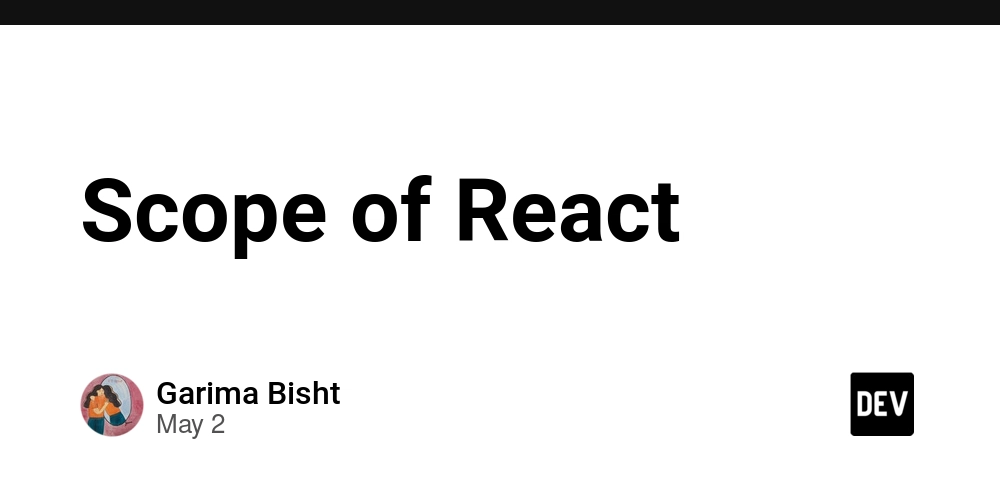
















































































































































![Apple's New Ads Spotlight Apple Watch for Kids [Video]](https://www.iclarified.com/images/news/97197/97197/97197-640.jpg)












_Andy_Dean_Photography_Alamy.jpg?width=1280&auto=webp&quality=80&disable=upscale#)

















































































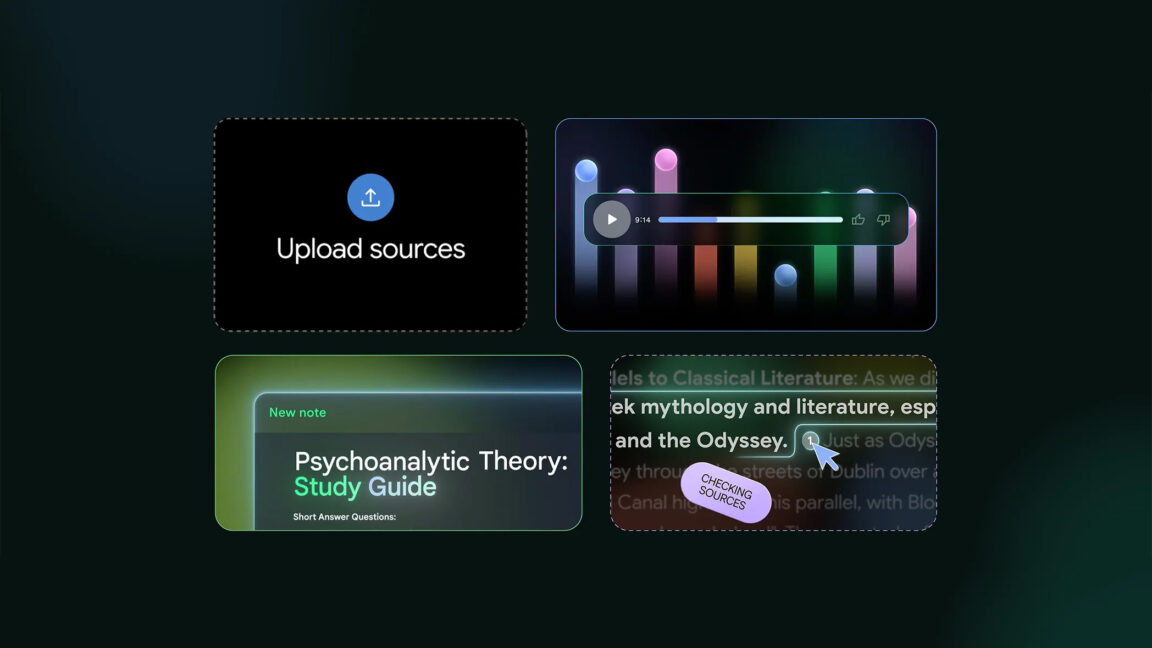




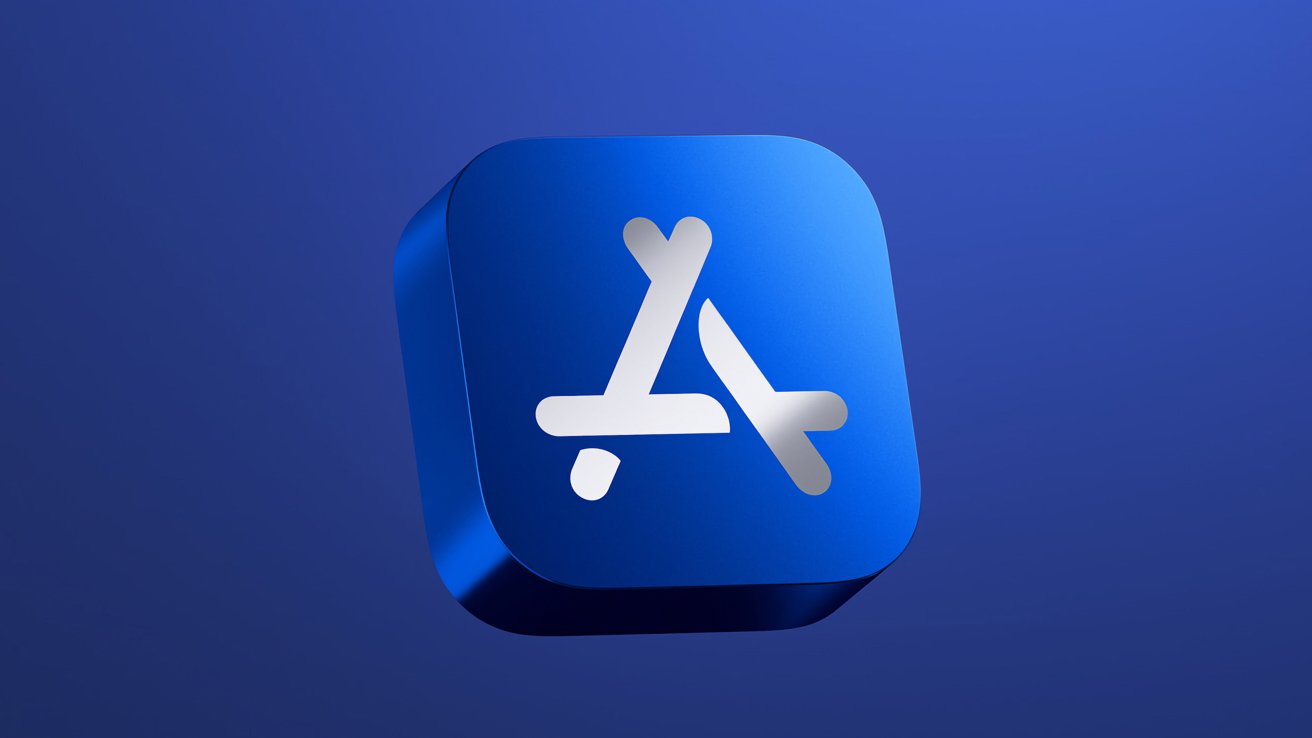














![Here’s the Pebble smartwatch reboot in action, and how much tariffs might cost you [Video]](https://i0.wp.com/9to5google.com/wp-content/uploads/sites/4/2025/03/core-2-duo-smartwatch-3.jpg?resize=1200%2C628&quality=82&strip=all&ssl=1)










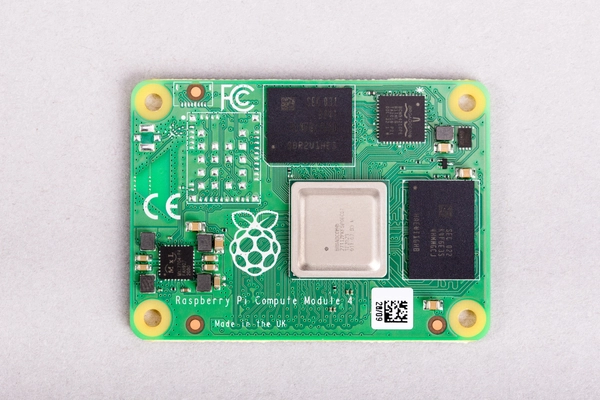



















































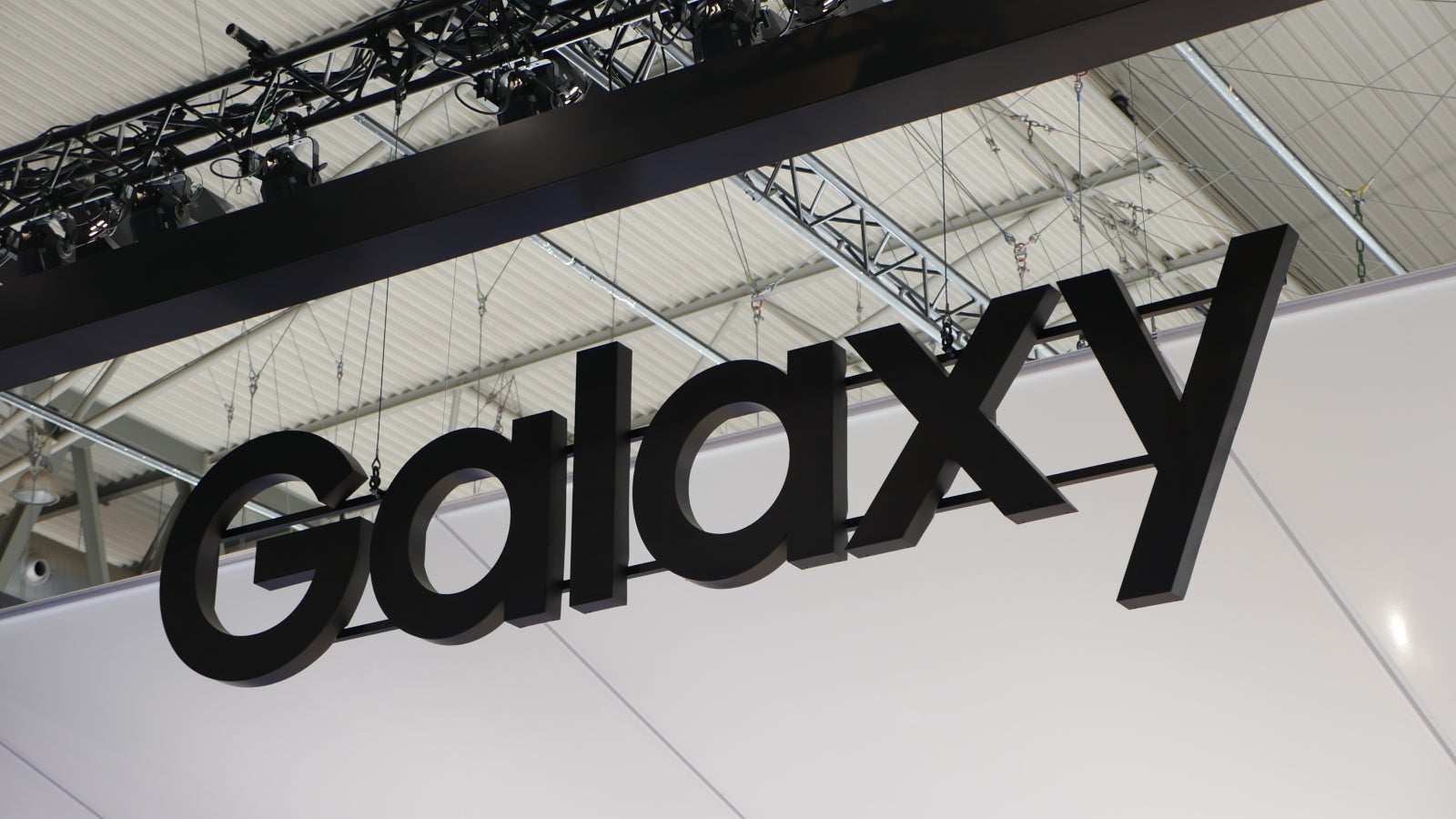


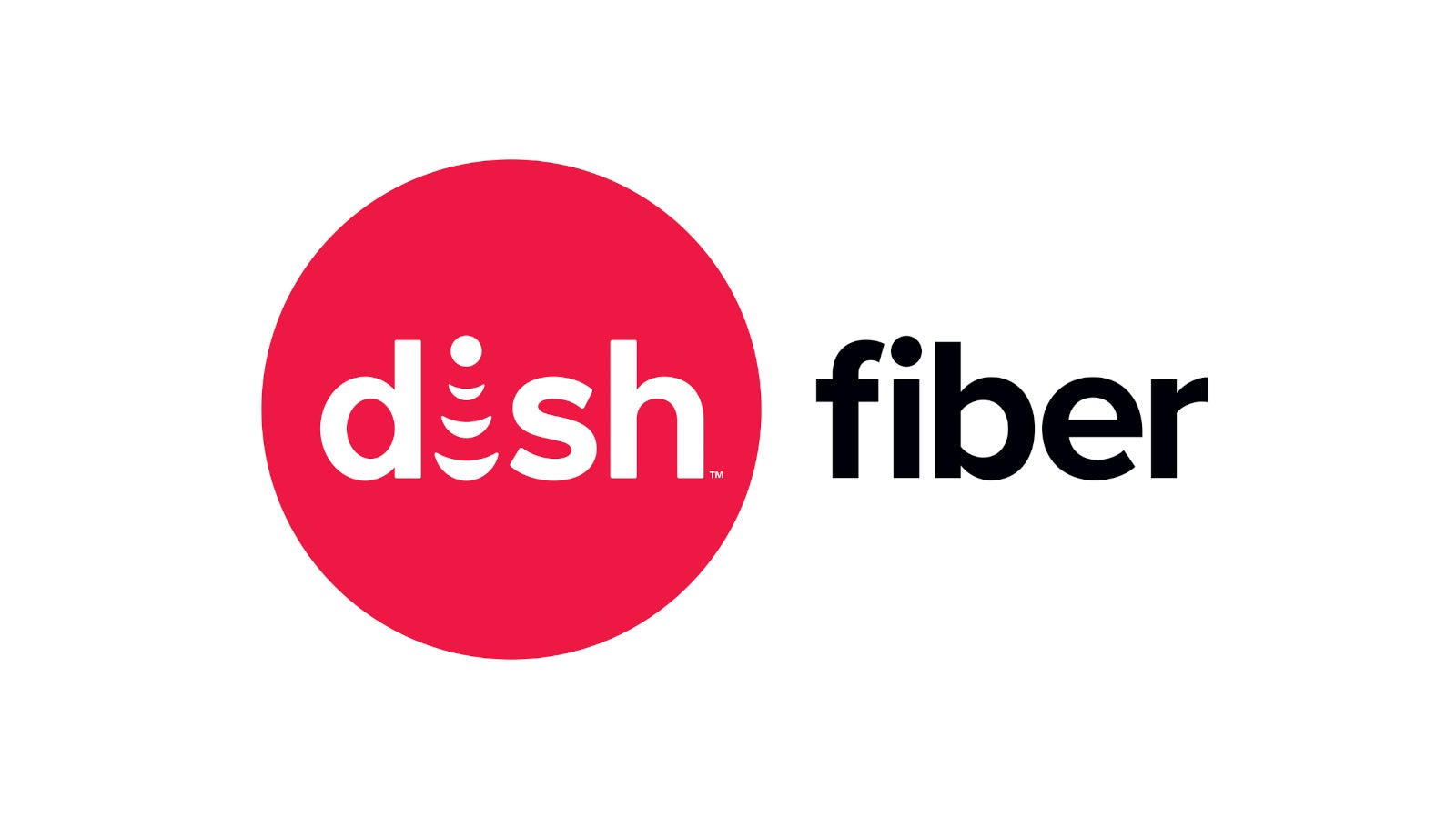

















![[Weekly funding roundup April 26-May 2] VC inflow continues to remain downcast](https://images.yourstory.com/cs/2/220356402d6d11e9aa979329348d4c3e/WeeklyFundingRoundupNewLogo1-1739546168054.jpg)



























